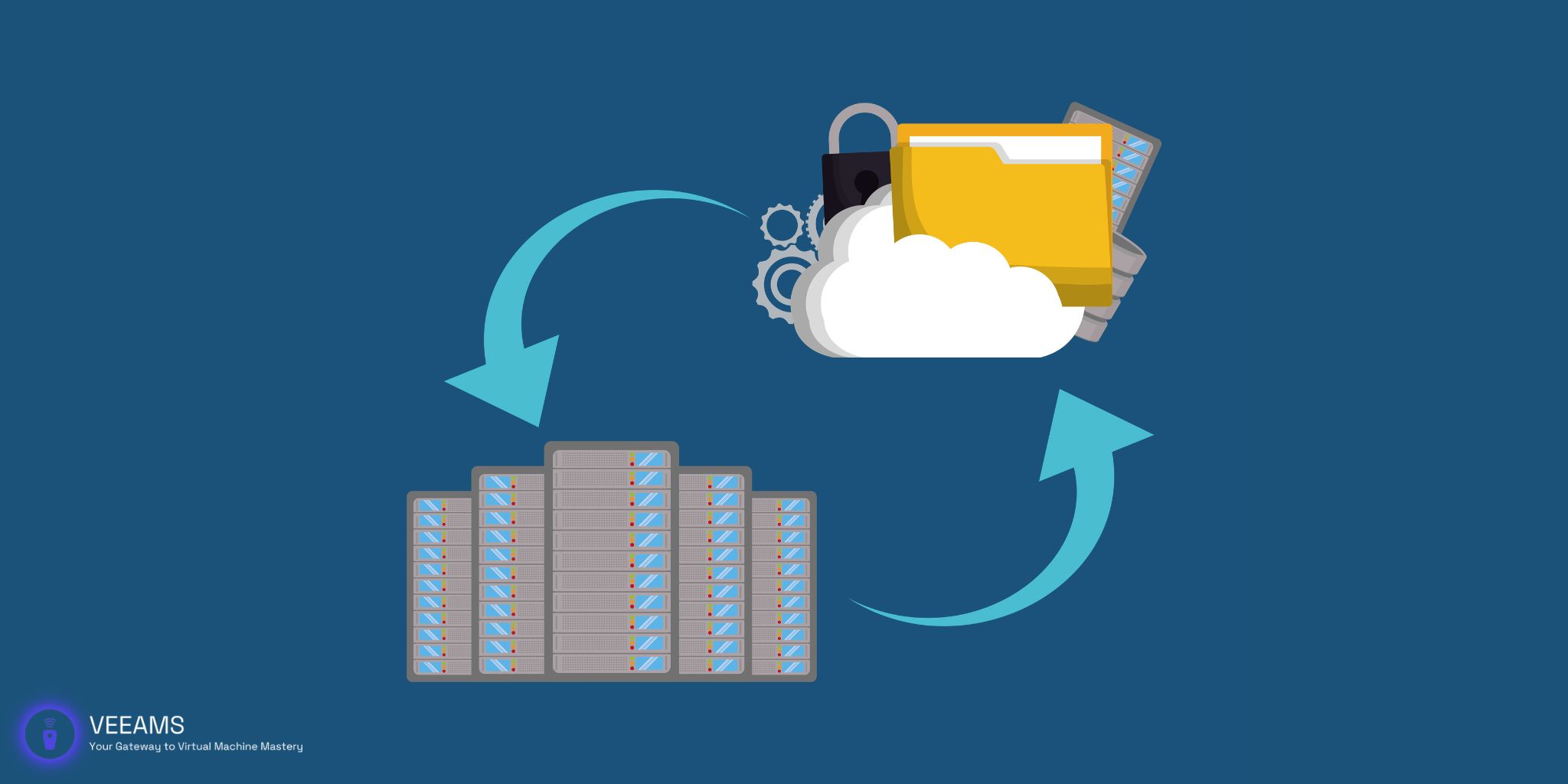Virtual Infrastructure Backup (VIB) files are crucial components of modern data protection strategies, especially in environments utilizing virtual machines (VMs). These files contain incremental backup data, capturing changes made since the last backup. This approach not only optimizes storage space but also ensures rapid data recovery, minimizing downtime in case of data loss or corruption.
What Are Manual VIB Backups?
Manual VIB backups refer to the process where the administrator manually initiates the backup of VIB files at chosen intervals. This method provides full control over the backup process, allowing for backups to be performed at specific times, such as after significant data updates or system changes.
While manual backups afford a high degree of precision and adaptability, they require a disciplined approach to ensure consistent data protection. This method is best suited for environments where changes occur less frequently or when the administrative burden of scheduling backups outweighs the convenience of automated solutions.
Benefits of Manual VIB Backups
One of the primary advantages of manual VIB backups is the control it offers. Administrators can selectively back up data following significant updates, ensuring that backups are both current and relevant. This tailored approach can be particularly beneficial in scenarios where bandwidth or storage resources are limited, as it allows for the prioritization of essential data.
Furthermore, manual backups can serve as a valuable component of a comprehensive backup strategy, acting as a supplementary measure to scheduled backups. By allowing for targeted backups in response to specific events or changes, they enhance the overall resilience of the backup system.
Challenges of Manual VIB Backups
Despite their advantages, manual VIB backups come with a set of challenges that can impact their efficiency and reliability. The most significant of these is the reliance on human intervention. This dependence increases the risk of missed backups due to oversight or error, potentially leading to gaps in data recovery points. Additionally, manual processes are inherently less consistent than automated ones, which can lead to variability in the quality and completeness of backups.
Another challenge is the time and resource requirement. Manual backups can be labor-intensive, requiring dedicated personnel to manage and execute the backup process. This can divert valuable resources away from other critical tasks, making it a less efficient option for organizations with limited IT staff or those that experience frequent data changes.
What Are Scheduled VIB Backups?
Scheduled VIB backups automate the process of backing up data at predefined intervals. This method relies on backup software to automatically execute backups without the need for manual initiation, ensuring that data is consistently protected according to the set schedule. Scheduled backups are ideal for environments with regular data changes, as they help maintain up-to-date backups without the continuous need for administrative intervention.

Advantages of Scheduled VIB Backups
The primary advantage of scheduled VIB backups is their ability to provide consistent, automatic data protection. By removing the reliance on manual processes, scheduled backups significantly reduce the risk of human error and ensure that data is backed up regularly and reliably.
Another key benefit is efficiency. Once set up, scheduled backups run autonomously, freeing up IT staff to focus on other tasks. This can be particularly beneficial for organizations with extensive data environments or those requiring frequent backups to meet stringent data protection standards.
Scheduled backups also offer scalability. As an organization’s data environment grows, scheduled backup systems can be easily adjusted to accommodate new data sources and backup frequencies, ensuring comprehensive data protection across the organization.
Drawbacks of Scheduled VIB Backups
While scheduled backups offer many benefits, they are not without their drawbacks. One challenge is the potential for increased resource consumption. Because backups are performed automatically, they may occur during peak operational hours, impacting system performance and bandwidth.
Another consideration is the need for careful planning and setup. Incorrectly configured backup schedules can lead to redundant backups, unnecessary resource usage, or, conversely, insufficient data protection if critical data changes are not captured between scheduled backups.
Comparing Manual vs. Scheduled Backups: Which to Choose?
Choosing between manual and scheduled VIB backups depends on several factors, including the organization’s size, the frequency of data changes, resource availability, and specific recovery objectives. Here’s a comparative analysis to guide your decision:
Flexibility vs. Consistency
- Manual backups offer unmatched flexibility, allowing administrators to initiate backups at optimal times. This method is ideal for environments where data changes are less frequent or predictable.
- Scheduled backups, on the other hand, ensure consistency and reliability. Automated processes eliminate human error, making them suitable for dynamic environments with regular data updates.
Resource Allocation
- Manual backups require significant administrative effort and vigilance, potentially diverting resources from other critical tasks.
- Scheduled backups automate the backup process, optimizing IT resource allocation and enabling staff to focus on strategic initiatives rather than routine maintenance.
Recovery Readiness
- Manual backups might not always be up-to-date, depending on the last manual execution, which could affect recovery times in a disaster scenario.
- Scheduled backups ensure that the latest data is always available for recovery, minimizing downtime and operational disruption.
Scalability
- Manual backups can become increasingly challenging to manage as the volume of data and the size of the IT environment grow.
- Scheduled backups offer scalable solutions that can easily adapt to increasing data volumes and complexity without additional administrative burden.
Conclusion
In conclusion, the choice between manual and scheduled VIB backups should align with your organization’s specific needs, priorities, and capabilities. For most modern businesses, a hybrid approach often represents the best of both worlds—utilizing scheduled backups for consistent, comprehensive data protection, supplemented by manual backups for critical data or after significant changes. This strategy ensures maximum protection and flexibility, adapting to the evolving landscape of data management and security.
